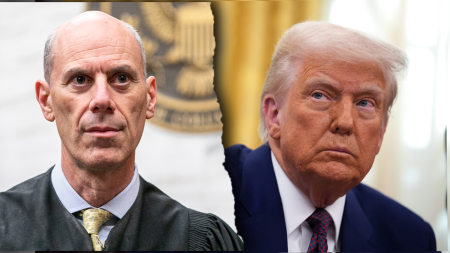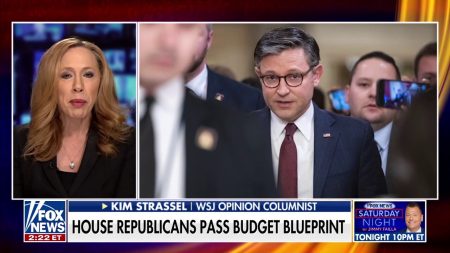The digital landscape of political discourse has undergone a significant transformation since Elon Musk’s acquisition of X, formerly known as Twitter. A recent report by public affairs firm Quorum reveals a stark decline in the platform’s usage by Democratic members of Congress, juxtaposed with a surge in activity by their Republican counterparts. This shift marks a dramatic departure from the near-even split observed just a year prior, underscoring the platform’s evolving role in political communication and the divergent approaches adopted by the two parties.
The Quorum report highlights a significant disparity in X usage between Democrats and Republicans in Congress. In 2024, Republican lawmakers accounted for 54.4% of all posts by members of Congress, a notable increase from 48.8% in the previous year. Conversely, Democratic activity plummeted, representing only 45.1% of congressional posts, down from 50.8% in 2023. This shift is further exemplified by the composition of the top 20 most active congressional accounts on X, which in 2024 was entirely dominated by Republicans. This contrasts sharply with the 2023 list, which featured a near-equal representation of both parties. The sole Democratic representative among the top 20 most active users in 2024 was Rep. Maxwell Frost of Florida, ranking 15th.
This decline in Democratic engagement mirrors a broader trend observed among the general public, particularly among Democrat-identifying users, according to a 2023 survey cited by Quorum. The report attributes this exodus in part to Musk’s takeover and the subsequent changes implemented on the platform. Many on the left have criticized Musk’s leadership, accusing him of favoring right-wing narratives and political figures, including former President Donald Trump. These criticisms have sparked concerns about the platform’s neutrality and its potential impact on political discourse. Musk, however, maintains that his objective is to foster free speech and create a more user-centric platform.
The report provides specific examples of decreased activity among prominent Democratic lawmakers. Rep. Dwight Evans of Pennsylvania, the most active Democrat on X in 2023, saw his posting frequency drop by a significant 66% in 2024. Similar declines were observed for California representatives Robert Garcia and Ted Lieu, with activity reductions of 35% and 26%, respectively. This trend underscores a growing divergence in how Democrats and Republicans utilize the platform for political communication.
While many factors may contribute to these usage patterns, one prominent narrative centers on the perception of X as increasingly aligning with right-leaning ideologies under Musk’s ownership. This perception, coupled with controversies surrounding content moderation and platform policies, has likely influenced the platform choices of Democratic lawmakers and their constituents. Another contributing factor is the acknowledged practice of congressional staff managing the social media accounts of lawmakers, often blurring the lines between personal and professional communication. While this is common practice across both parties, the distinct messaging strategies employed by each side could further amplify the observed disparities in platform engagement.
Despite the decline in Democratic presence on X, some voices within the party caution against abandoning the platform altogether. Rep. Maxwell Frost, the lone Democrat among the top 20 most active congressional users in 2024, argues that ceding the platform to Republicans would further solidify its ideological leanings and limit the reach of progressive viewpoints. This perspective highlights the ongoing debate within the Democratic party regarding the optimal approach to navigating the changing digital landscape and engaging with constituents on platforms like X. The future of political discourse on X remains uncertain, but the current trends suggest a growing divide in how different political factions utilize and perceive the platform.










